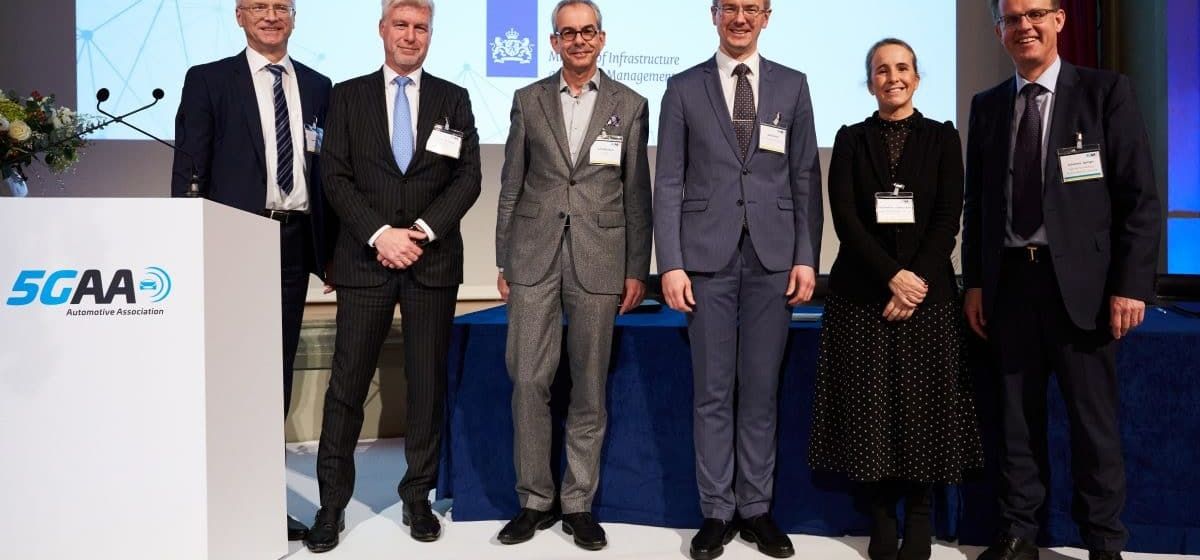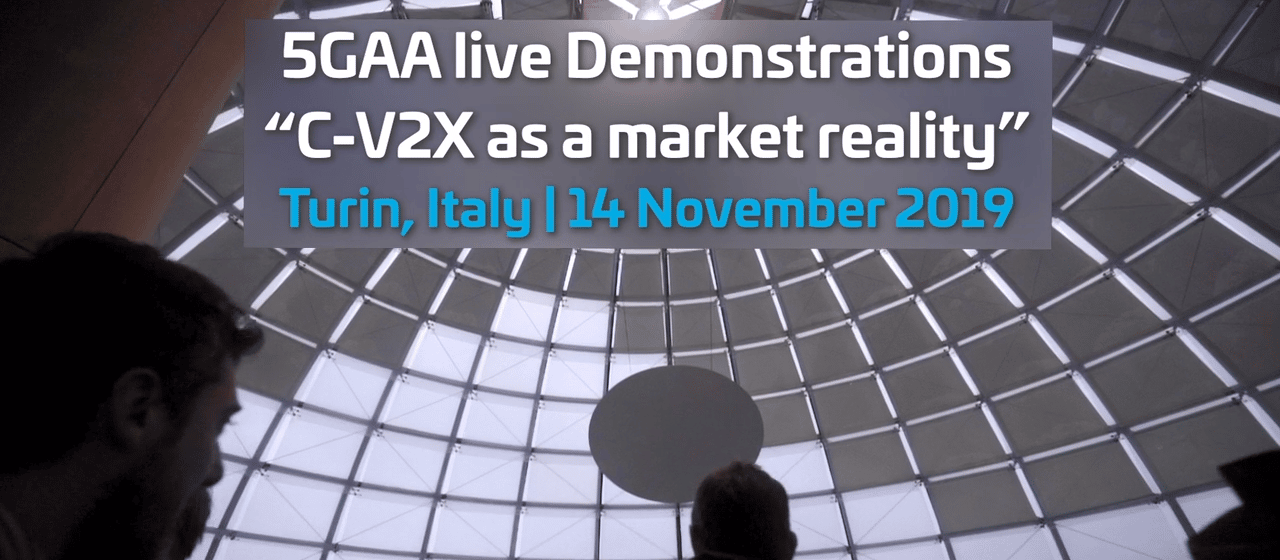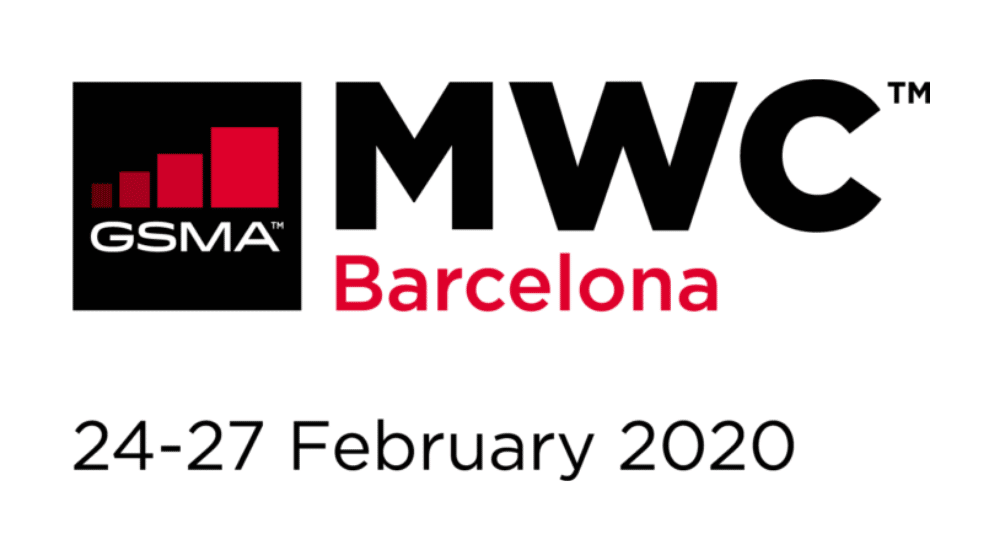
5GAA officialises five new MoUs during Brussels conference
Is 5G in-car technology ready for automated driving? Are Europe’s roads up to speed for this digital revolution? Are governments, road authorities and industry on the same page? What is Europe’s strategy to secure leadership and capture markets in the field? These and other pressing questions and challenges for connected and automated mobility were addressed on 6 February, at the 5GAA-hosted event – 5G, Igniting the Connected and Automated Mobility Revolution – in Brussels’ Concert Noble. High-level representatives and experts from industry, governments and the EU explored the capabilities, deployment models and vast opportunities of the latest ‘cellular vehicle to everything’ (C-V2X) technology.
BRUSSELS, 6 February 2020 – The 5G Automotive Association (5GAA) organised a conference bringing together EU representatives and the connected automotive ecosystem to the heart of Europe, to officialise its public-private partnerships with several European authorities. Indeed, 5GAA announced extending its partnership network by signing Memoranda of Understanding with the Dutch Ministry of Infrastructure and Water Management, the Italian Ministry of Technological Innovation and Digitalisation, the Spanish Directorate-General of Traffic (DGT), the German Federal Highway Research Institute (BASt) and the Electronic Communication Office of Latvia (VASES). The ambition of the association is to strengthen the collaboration between industry and the public sector and to facilitate the dialogue to drive innovation in mobility and transport with these closer collaborations.
Some recognised speakers at the conference included BMW’s Joachim Göthel, Senior Manager in the German automaker’s ‘Project 5G Alliance’, and Dino Flore who is Vice-president of Technology at Qualcomm, the US chipmaker, as well as Robert MacDougall who heads mobile operator Vodafone Enterprise’s Public Policy Unit. They were joined by senior EU policymakers, including a message from Maria Koleva on behalf of the European Commissioner for Innovation, Research, Culture, Education and Youth Mariya Gabriel and speech by Pearse O’Donohue, Director for Future Networks, Directorate-General for Communications Networks, Content and Technology, as well as national experts from the Netherlands and Spain giving their unique perspective.
“To fulfil its potential in connected and automated mobility, Europe really needs a clear policy message reinforcing its ‘technology neutral’ approach in the future C-ITS regulations,” noted 5GAA’s CTO and spokesperson Maxime Flament.
Automated and connected driving, intelligent driver assistance and data-driven transportation network optimisation are examples of what tomorrow’s transportation will look like for people and governments.
Discussions and conclusions reached at the 5G, Igniting the Connected and Automated Mobility Revolution conference thus paint a rich picture of the work currently underway and the roadblocks and potential detours that may lie ahead. With the help of audience contributions, the event helped to chart the way for future autonomous transport that not only meets the needs of society and industry but can also make a positive contribution to meeting the global Sustainable Development Goals in terms of cleaner and safer transportation.
About 5GAA
The 5G Automotive Association (5GAA) is a global, cross-industry organisation of over 130 members comprised of leading global automakers, Tier-1 suppliers, mobile operators, semiconductor companies and test equipment vendors. It works together to develop end-to-end solutions for future mobility and transport services. 5GAA is committed to helping define and develop the next generation of connected mobility, automated vehicle and intelligent transport solutions based on C-V2X.
Learn more on the 5GAA website and follow us on Twitter and LinkedIn.
Media Contacts
Delia Voica
Tel.: +32 486 69 76 22
Email: delia.voica@5gaa.org
Marketing and Communications Team
Email: marcom@5gaa.org

C-V2X Demonstration – focus on vulnerable road users (TIM, Links Foundation)
Over 50% of accidents & fatalities involve vulnerable road users, such as pedestrians and cyclists.
Learn more about how C-V2X contributes to protect vulnerable road users.

C-V2X Demonstration – focus on forward collision warning, intersection movement assist (FCA, Harman)
Connected cars can assist vehicle safety system to reduce the risk of accidents.
Discover how on the video below.

C-V2X Demonstration – focus on ‘See Through’ solution (FCA, Marelli, Vodafone Automotive, Vodafone)
When our view is obstructed, overtaking can be dangerous.
C-V2X supports vehicle safety system to prevent accidents and make overtaking in traffic easier.
Discover how in this video.

C-V2X Demonstration – urban georeferenced alert (FCA, TIM)
Lack of contextual information can cause drivers to waste time in everyday city traffic. 5G Edge Computing will support smart road services for connected cars.
Discover how here:

C-V2X Demonstration – focus on emergency electronic brake light, stationary vehicle warning (FCA, Continental, Qualcomm)
Connected cars can exchange safety critical information.
Discover how C-V2X can help drivers to react in time and reduce the risk of accidents.

Turin Demonstrations Wrap-up Video – 14 November 2019
On 14 November 2019, the 5G Automotive Association (5GAA) showcased ready-to-deploy use-cases in the streets of Turin, Italy during a live demo event. A sneak preview of what the future has in store took place on the renowned Lingotto rooftop test track.
Prominent members and partners of the 5GAA including Fiat Chrysler Automobiles, Audi, Continental, Ericsson, Harman Samsung, Marelli, Pirelli, Qualcomm, TIM and Vodafone demonstrated the current state of C-V2X and the road to future, Vehicle-to-Vehicle (V2V), Vehicle-to-Infrastructure (V2I), and Vehicle-to-Network (V2N) applications based on 4G LTE and 5G.
Turin Demonstrations Wrap-up Video – 14 November 2019
On 14 November 2019, the 5G Automotive Association (5GAA) showcased ready-to-deploy use-cases in the streets of Turin, Italy during a live demo event. A sneak preview of what the future has in store took place on the renowned Lingotto rooftop test track.
Prominent members and partners of the 5GAA including Fiat Chrysler Automobiles, Audi, Continental, Ericsson, Harman Samsung, Marelli, Pirelli, Qualcomm, TIM and Vodafone demonstrated the current state of C-V2X and the road to future, Vehicle-to-Vehicle (V2V), Vehicle-to-Infrastructure (V2I), and Vehicle-to-Network (V2N) applications based on 4G LTE and 5G.

5GAA to hold a session at Mobile World Congress 2020
Mobile World Congress (MWC) Barcelona is the largest event on mobile connectivity, showcasing the leading technological innovations to an audience of more than 100,000 professionals.
For the third year in a row, the 5G Automotive Association (5GAA) is proud to be again Partner of the event, bringing together key actors of the mobility ecosystem and leading the field of connected mobility. In this edition, 5GAA will be holding a session on Driving Connected Mobility Forward with C-V2X, Increasing Safety for Everyone.
Join us on Tuesday 25 February 2020 from 09:30 to 13:00 in Hall 8.0 – Theatre D.
For more information, please contact marcom@5gaa.org.

5GAA Releases White Paper on Making 5G Proactive and Predictive for the Automotive Industry
We are at the dawn of a new era of mobility. Future intelligent transportation systems will provide tremendous benefits to people and society in terms of lives saved, increased time and money efficiencies, reduced environmental impact, as well as better utilization of the global road and highway networks. Automated and connected driving, intelligent driver assistance and data-driven transportation network optimisation are examples of what tomorrow’s transportation will mean for people and governments. A key enabler of this development is that mobile networks fulfil the requirements of future transportation.
5G Automotive Association (5GAA) has developed the concept of predictive Quality of Service (QoS), which is a mechanism enabling mobile networks to provide advance notifications about predicted QoS changes to interested consumers. This makes it possible to adjust application behaviour before the predicted QoS change takes effect, which is important to certain automotive use cases, such as remote and autonomous driving.
The concept of predictive QoS is spreading in the industry and among standards- developing organizations (SDO). It is, therefore, of interest to achieve a common understanding of what predictive QoS is – what problems it addresses, as well as how they are addressed.
This White Paper describes predictive QoS in order to reach a common understanding.
You can find the white paper here.


